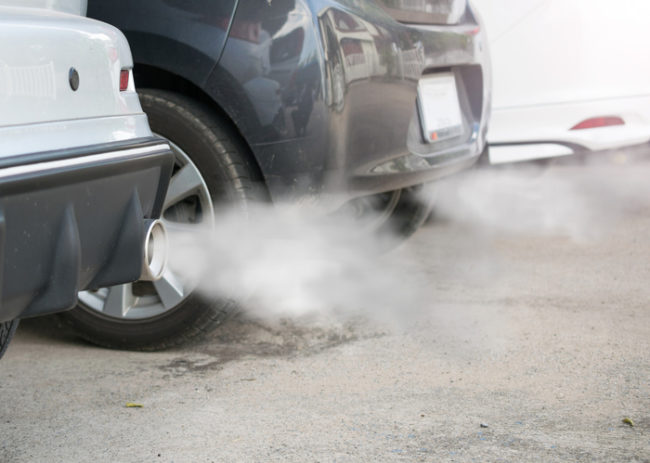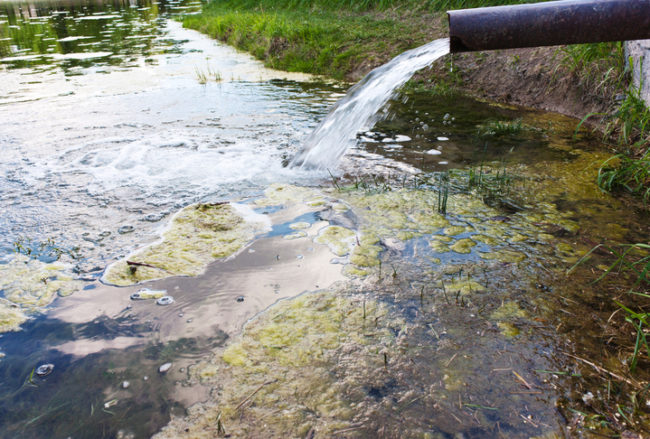Kemper County Power Generation Facility, the flagship “clean coal” project in rural eastern Mississippi, will rely on natural gas rather than coal to produce electricity. After years of delays and cost overruns totaling over $4 billion over the facility’s original budget of $2.9 billion, the facility’s coal gasifier project has been shuttered.
The Kemper facility had been central to the Obama administration’s energy plan and to the administration’s assertions that it was not anti-coal. However, the worsening situation prompted the Mississippi Public Service Commission to …
Continue Reading









